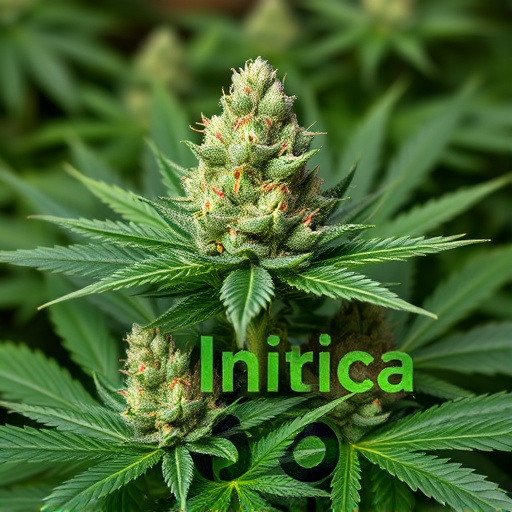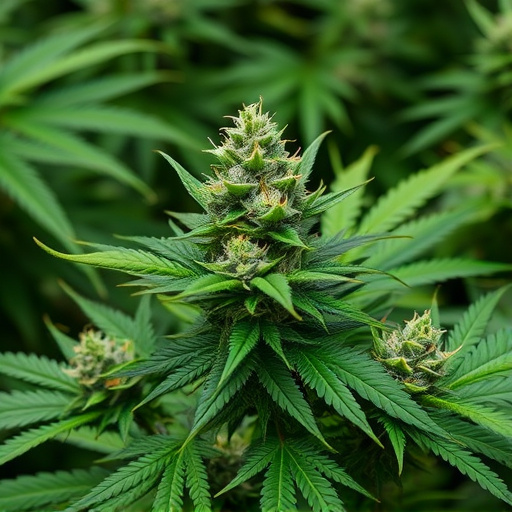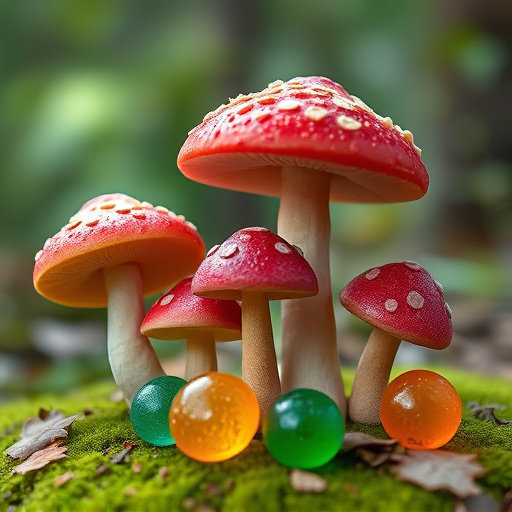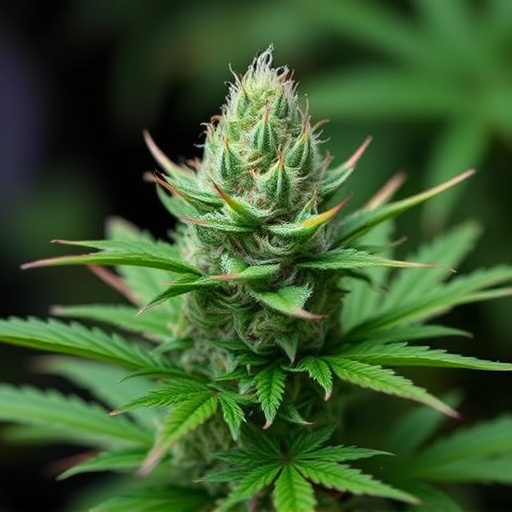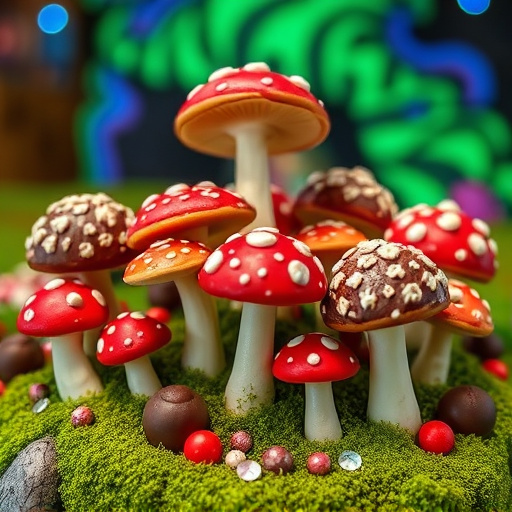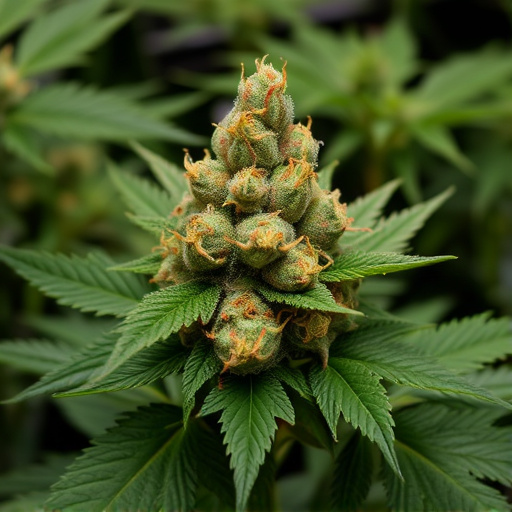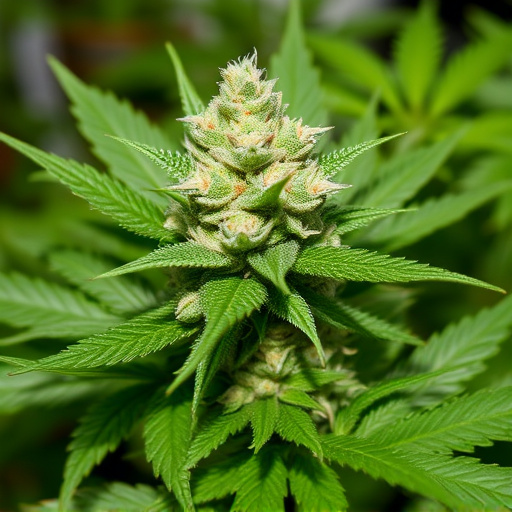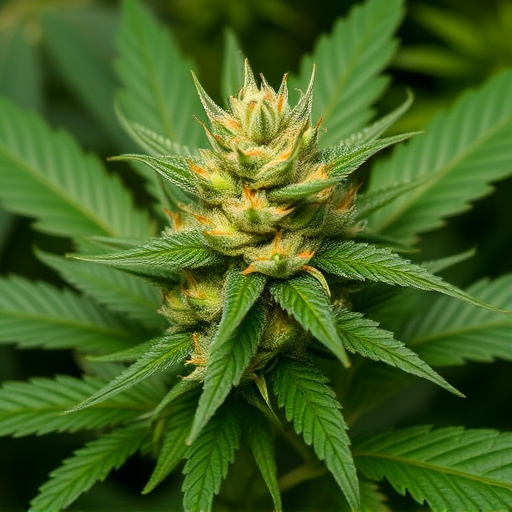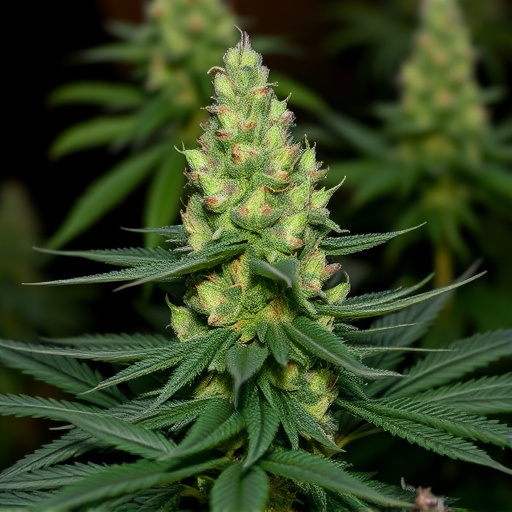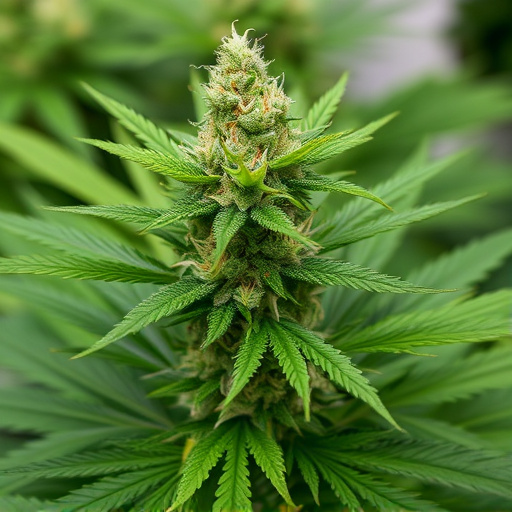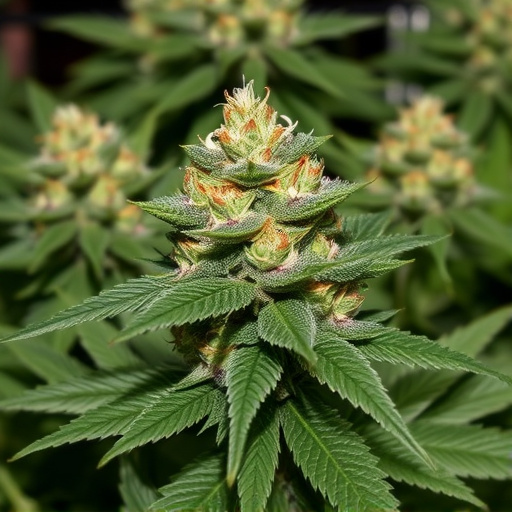Cannabis cup strains, rich in tetrahydrocannabinol (THC), stimulate appetite by interacting with our endocannabinoid system, mimicking endocannabinoids and binding to CB1 receptors. This effect enhances taste perception and leads to the well-known "munchies." Indica strains generally induce stronger munchie responses than Sativa varieties, while hybrids offer varied outcomes. High-THC content in specific cannabis cup strains intensifies brain's reward centers, leading to increased food cravings, especially for high-calorie, high-fat foods, which can pose risks for overeating, particularly among individuals with dietary or metabolic conditions.
The “munchies,” a well-known phenomenon linked to cannabis consumption, has intrigued scientists and users alike. This article delves into the science behind this effect, exploring how cannabis influences appetite and the role of key compounds like THC and the endocannabinoid system. We also analyze the impact of various cannabis cup strains on triggering the munchies, providing insights into understanding food cravings in relation to cannabis consumption.
- How Cannabis Affects Appetite: The Role of THC and Endocannabinoid System
- Exploring the Impact of Different Cannabis Cup Strains on the Munchies
- Understanding the Science Behind Food Cravings and Their Relationship with Cannabis Consumption
How Cannabis Affects Appetite: The Role of THC and Endocannabinoid System
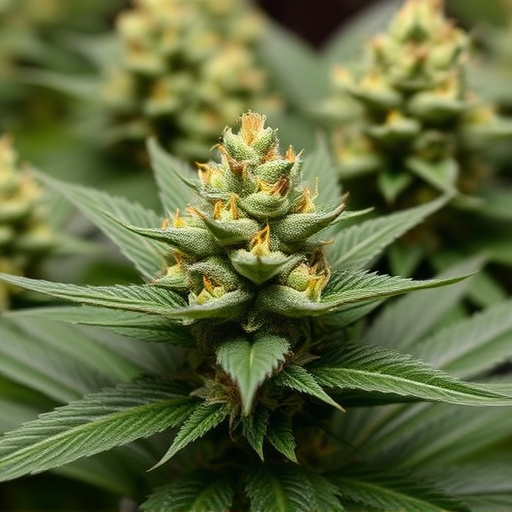
Cannabis has long been known for its ability to stimulate appetite, a phenomenon often referred to as the “munchies.” This effect is primarily attributed to the interaction between cannabis and the endocannabinoid system (ECS) in our bodies. The ECS is involved in regulating various physiological processes, including hunger and metabolism. One of the key compounds responsible for this effect is tetrahydrocannabinol (THC), a prominent psychoactive component found in many cannabis cup strains.
THC mimics the action of endocannabinoids by binding to cannabinoid receptors in the brain, particularly CB1 receptors located in areas controlling appetite and pleasure. When activated, these receptors send signals that increase hunger, leading to the characteristic craving for food often associated with cannabis consumption. Moreover, the ECS’s role extends beyond immediate appetite stimulation; it also influences taste perception, potentially enhancing certain flavors and contributing to the overall dining experience.
Exploring the Impact of Different Cannabis Cup Strains on the Munchies
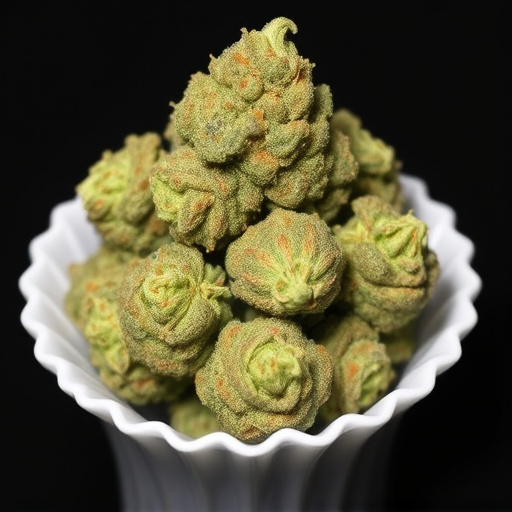
The phenomenon of the “munchies,” or the intense hunger that often accompanies cannabis consumption, is a complex interplay between various factors within our bodies. One intriguing aspect to uncover is how different Cannabis Cup strains can significantly influence this effect. Each strain possesses unique chemical profiles, primarily due to varying levels of cannabinoids like THC and CBD, which play a crucial role in triggering appetite. For instance, high-THC strains are renowned for their potent munchie-inducing properties, stimulating the appetite and often leading to a craving for sugary or high-calorie foods.
Cannabis enthusiasts and researchers have explored numerous Cannabis Cup strains, each with its own distinct characteristics. Indica strains, known for their calming effects, tend to elicit a stronger munchie response compared to Sativa varieties, which are more associated with energy and mental stimulation. Hybrid strains, as the name suggests, offer a blend of both Indica and Sativa properties, resulting in varied outcomes regarding appetite stimulation. Understanding these differences can empower users to choose strains that best suit their preferences and desired effects, adding another layer of depth to the cannabis experience.
Understanding the Science Behind Food Cravings and Their Relationship with Cannabis Consumption
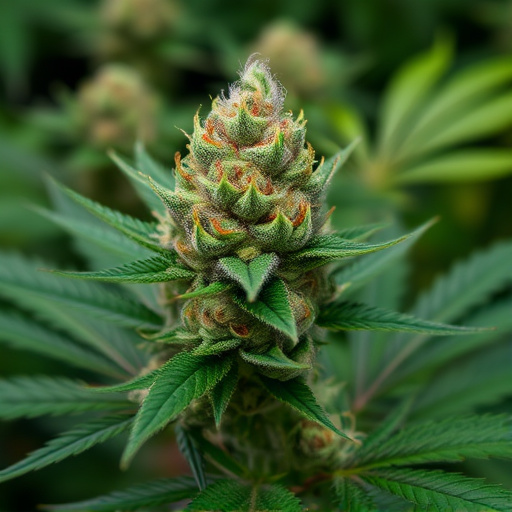
Food cravings, often referred to as “the munchies,” are a complex interplay between our brains and bodies. Understanding this science is crucial when considering the relationship between food cravings and cannabis consumption. Research suggests that certain cannabinoids in cannabis, notably THC, stimulate the reward centers of the brain, leading to increased appetite and cravings for high-calorie, high-fat foods—a phenomenon often observed among cannabis users.
The connection is particularly notable with specific cannabis cup strains known for their high THC content. These strains can trigger intense cravings, prompting users to seek out and consume food in a way that goes beyond typical hunger cues. While the effect can be enjoyable for some, it’s essential to recognize the potential for overeating and its associated health implications, especially when combined with pre-existing dietary or metabolic conditions.
In understanding the science behind the munchies, we’ve explored how cannabis influences appetite through THC interaction with the endocannabinoid system. We’ve also seen that different cannabis cup strains can significantly impact food cravings. This knowledge not only broadens our comprehension of cannabis consumption but also highlights the complex relationship between cannabis and our dietary desires, offering insights into both physiological mechanisms and individual experiences.
